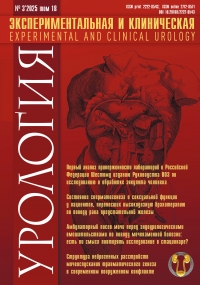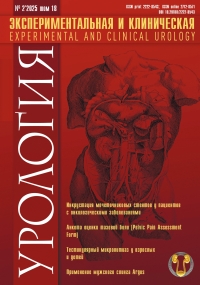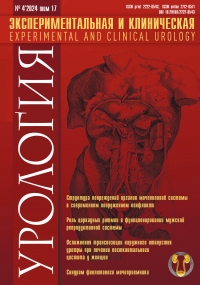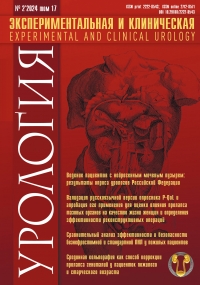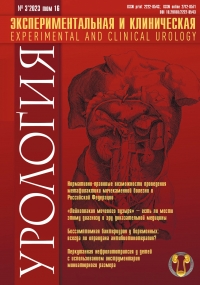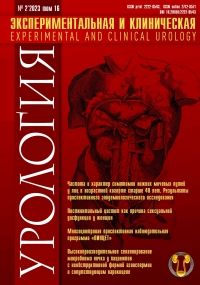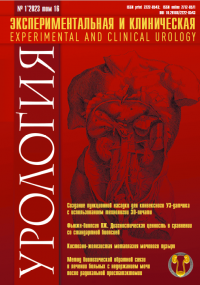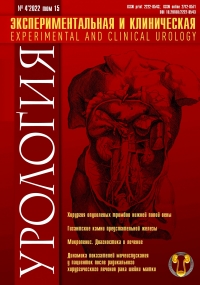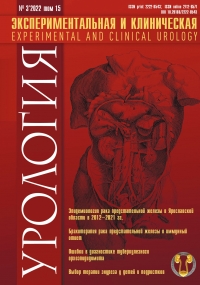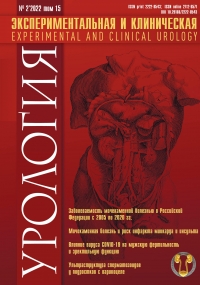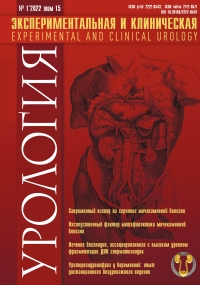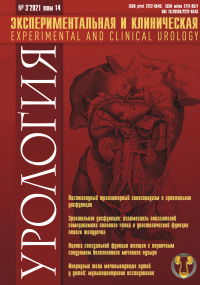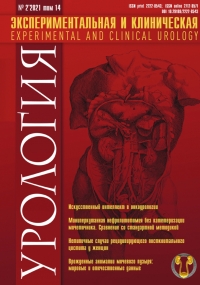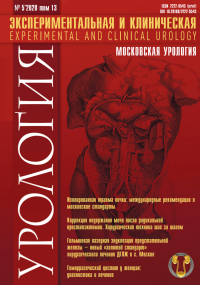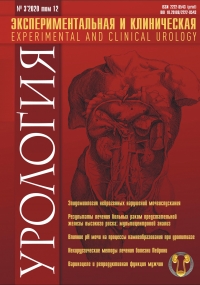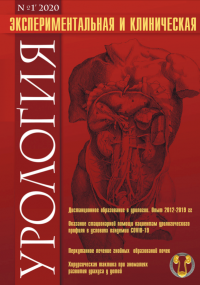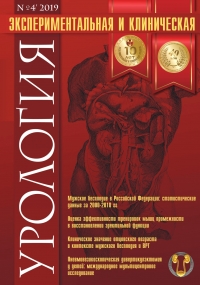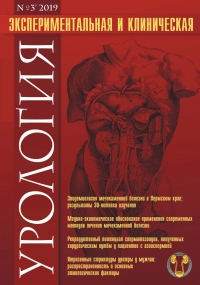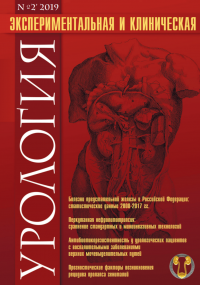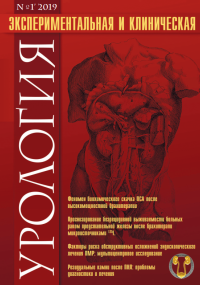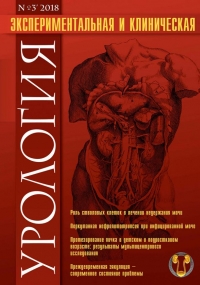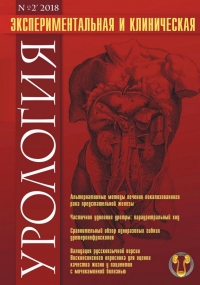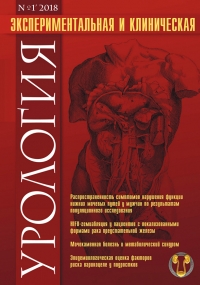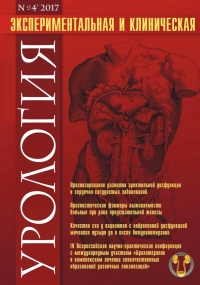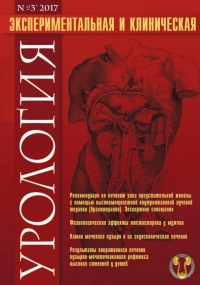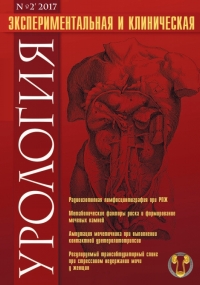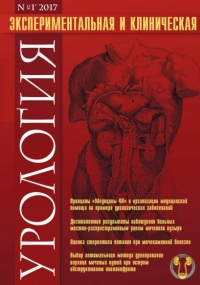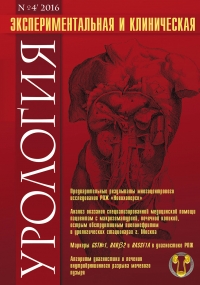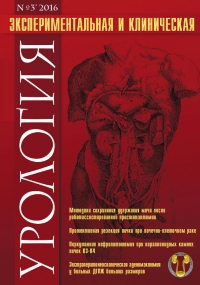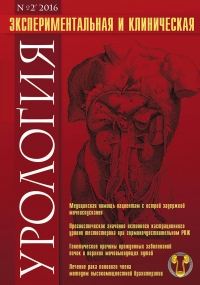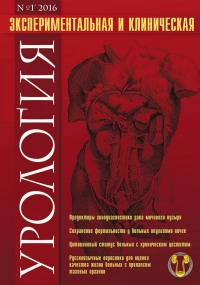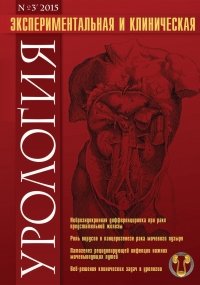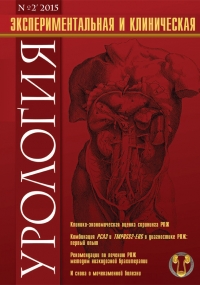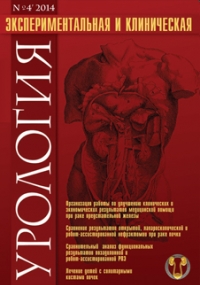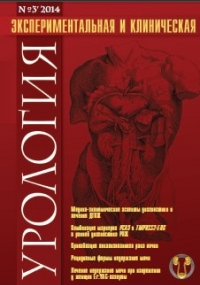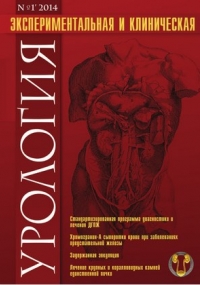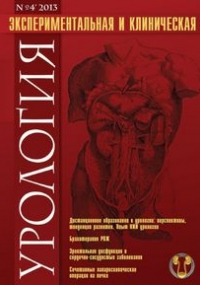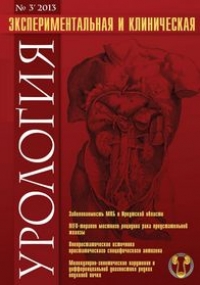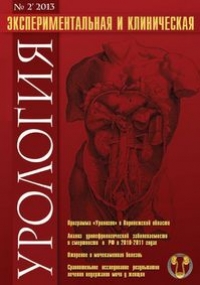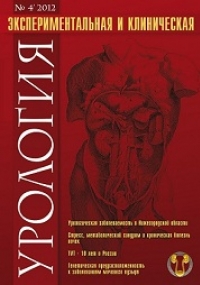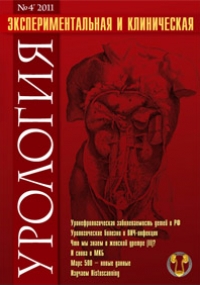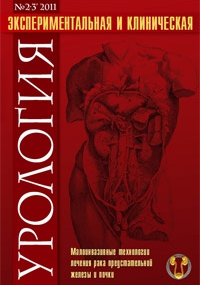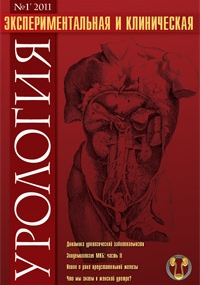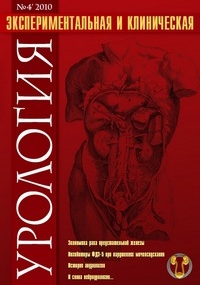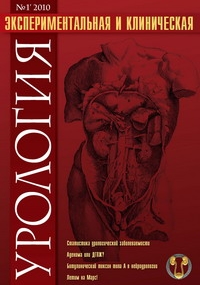Kidney bypass surgery in animal fetuses in experimental conditions
 2251
2251 Aim: To prove the safety of bypass surgery on fetal kidneys by studying pathomorphological changes in fetal kidneys of laboratory animals by the use of a stent developed in the Federal State Budgetary Institution “Urals Scientific Research Institute for Maternal and Child Care” of the Ministry of Healthcare of the Russian Federation, Yekaterinburg (FSBI «USRIMCC»). The stent was designed for fetal kidney bypass surgery in obstructive congenital disorder of the urinary system.
Materials and methods. The stents designed in the FSBI «USRIMCC» were placed into three developing sheep fetuses, which were taken out 30 days later (gestation duration was 75-85 days). Right kidneys after bypass surgery (n=3) constituted the main group. Contralateral kidneys of the fetuses (n=3) were in the comparison group.
Organometry and microscopic examination of the kidneys were performed. Histological slices were stained with hematoxylin-eosin and pycrofuxin (according to Van Gizon); general pathological processes in kidneys were also studied. We applied a morphometric method aimed at determination of structural elements in sheep fetal kidneys. The results underwent statistical analysis (determination of M, m and p values) with the use of Microsoft Excel 2010.
Results. Stented kidneys had a number of morphological features. Wound tract wall in the parenchyma was composed of mature fibrous tissue in the form of a thin strip. The fibrous tissue had insignificant local infiltration of leukocytes (predominantly lymphocytes and plasma cells). Individual neutrophilic granulocytes were also present. Several canals with lumens and intact pale epithelium were also found inside the tissue. Individual renal corpuscles with hyperplasic glomeruli adhered to the fibrous wall in the cortex, as well as several thick-walled capillary loops. Compensatory proliferation and hyperplasia of renal corpuscles and convoluted tubules were detected around the wound tract wall. Overall, the composition of the nephron of the stented kidney did not differ from the nephron of the kidney from the comparison group.
Conclusions.The stent developed in FSBI «USRIMCC» does not cause any significant damage of kidney tissue and does not lead to parenchyma reorganization. Therefore, it does not have negative impact on nephron development.
Authors declare lack of the possible conflicts of interests.
| Attachment | Size |
|---|---|
| Download | 1.07 MB |


